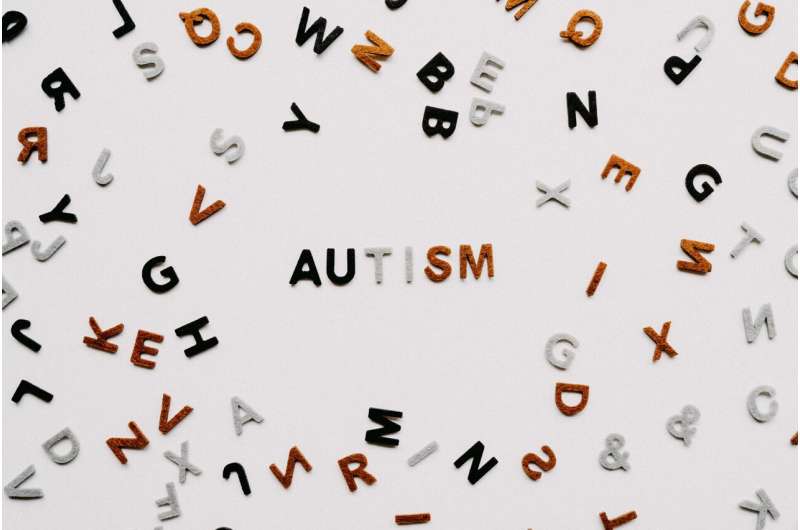Understanding Gait Differences in Autistic People

Autistic individuals often exhibit distinct gait patterns, including toe-walking and wider steps. These differences are linked to brain development and can impact daily activities. Understanding and supporting these motor variations are crucial for enhancing quality of life.
Autism is a neurodevelopmental condition that influences how the brain develops and operates, affecting behavior, communication, social interaction, and movement patterns. One notable aspect of motor differences in autism involves gait, or the way an individual walks. Gait analysis reveals that some autistic individuals walk differently from neurotypical peers, which has garnered increasing scientific and clinical attention.
An "odd gait" has become recognized as a supporting feature in autism according to the Diagnostic and Statistical Manual of Mental Disorders (DSM-5). Common gait characteristics among autistic people include toe-walking, where walking occurs on the balls of the feet; in-toeing, with feet turned inward; and out-toeing, where feet point outward. Beyond these more obvious differences, research spanning over three decades indicates subtler gait variations such as slower walking speeds, wider steps, prolonged stance phases, and longer time to complete each step.
The extent of these gait differences can vary significantly among individuals, reflecting the personal variability inherent in autism. Additionally, gait often co-occurs with other motor challenges, including balance, coordination, and postural stability issues, which may necessitate targeted support.
These gait variations are primarily attributed to differences in brain development, especially in regions like the basal ganglia and cerebellum. The basal ganglia play a crucial role in sequencing movements and maintaining smooth, automatic gait, while the cerebellum is essential for coordinating movements and ensuring postural stability based on visual and proprioceptive inputs.
Developmental differences in these brain areas—such as structural variations, functional disparities, and connectivity issues—can lead to altered gait patterns that persist across the lifespan and may even become more evident with age. Broader motor, cognitive, and language abilities also influence gait, with more complex challenges amplifying motor differences.
Support strategies for gait differences are individualized. Not all differences require intervention, especially if they do not interfere with daily life. When gait issues pose safety risks like falls, cause physical discomfort, or hinder participation in activities, targeted interventions such as motor skill support can be beneficial. These can be implemented within educational settings through programs that promote physical activity and motor development, empowering autistic individuals to enhance their movement capabilities in inclusive environments.
Current research efforts aim to better understand the reasons behind individual variability in gait and to develop more effective support methods. Evidence suggests that physical activity not only improves motor skills but also enhances social behaviors and emotional regulation in young children with autism. Consequently, community-based programs that encourage inclusive movement and sports can promote motor development and overall well-being.
Moving forward, the focus is on tailoring support to individual needs and fostering inclusive practices that recognize diverse movement styles. As our understanding of brain development and motor function in autism advances, so too will our capacity to support mobility and safety into adulthood.
Stay Updated with Mia's Feed
Get the latest health & wellness insights delivered straight to your inbox.
Related Articles
Understanding Autism Myths: From 'Refrigerator Mothers' to Misleading Claims about Acetaminophen
Explore the history of harmful autism myths, from 20th-century theories blaming mothers to recent false claims about acetaminophen. Learn how science debunks these misconceptions and promotes acceptance.
Gamma-Linolenic Acid May Help Relax Constricted Coronary Arteries
New research shows gamma-linolenic acid (GLA) can relax constricted coronary arteries by blocking key receptors, offering potential benefits for heart health and disease prevention.
AI-Enhanced Model Improves Prediction of Knee Osteoarthritis Worsening
An AI-powered model combining MRI, biochemical, and clinical data shows promise in accurately predicting the progression of knee osteoarthritis, paving the way for personalized treatment strategies.
Scientists Discover How the Skin Detects Cool Temperatures and Its Implications
A recent study enlightens how the skin communicates cool sensations to the brain through a dedicated neural pathway, deepening our understanding of temperature perception and its medical implications.



